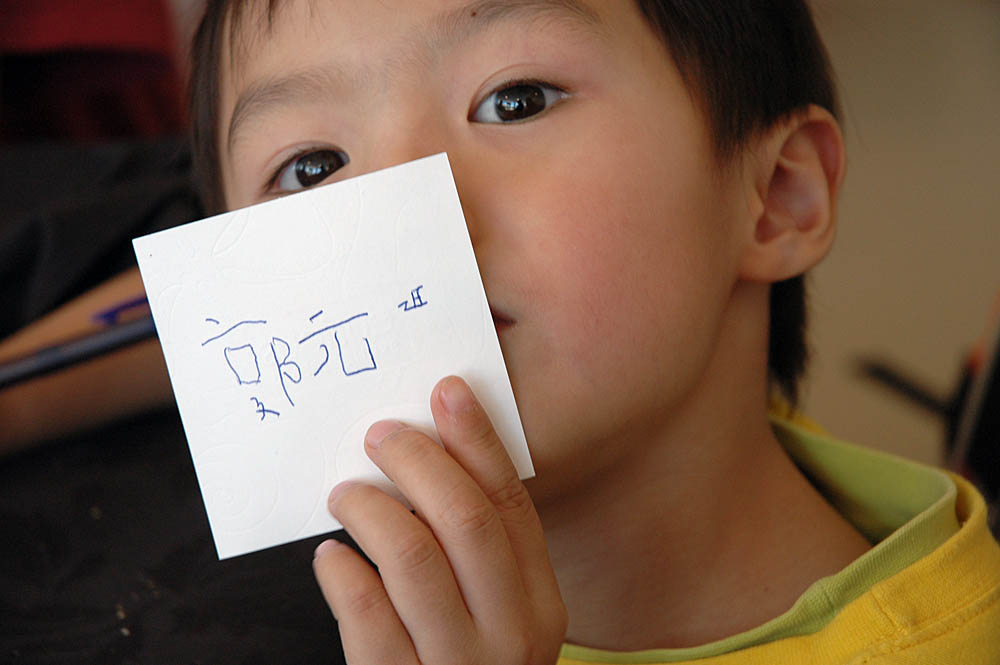The Case for Heritage Language Teaching Posted by Transparent Language on Sep 23, 2015 in Archived Posts
In the United States, any language other than English that is spoken at home by a family or community is considered a “heritage language”. It makes sense, then, that someone learning a minority language in their home or community is considered a “heritage language learner”.
We’ve made our commitment to language learning very clear, so we won’t argue the value and importance of heritage language learning. Instead, we’re making the case for more and better heritage language teaching.
Heritage language learners are not foreign language learners. Heritage learners have ranging levels of proficiency—some may excel at speaking but have little to no reading or writing ability. Others may lack grammar knowledge or feel comfortable using the language only in certain capacities, such as discussing household or neighborhood topics. You cannot teach a heritage language learner the same way you would teach an English-speaking student with no prior exposure to the language. Too often, heritage learners are mixed in a classroom with true foreign language learners, which significantly complicates class and task management. This results in a less rewarding experience for both the students and teachers.
Fortunately, in recent years, heritage learners have been identified as a unique group of learners with their own needs. This distinction also comes with the realization that heritage learners would benefit from specialized classes and materials tailored for their needs.
So, what should a heritage language learning program consider and include?
- Difficulty: Heritage learners bring a variety of skills and experience to the table. Class materials should cover a wide spectrum of grammar and vocabulary, but allow for learners to skip or test out of the portions at which they already excel.
- Differentiation: The varying proficiency levels (among other factors) also cause some learners to advance more quickly, while others need more time and nurturing. Adding some element of self-pacing to a heritage language program ensures all learners can progress at their own speed.
- Domain: Heritage learners typically use the language at home or in their community. The typical language course prepares you to use a language in a foreign place, with lessons on booking accommodations or asking for directions. Heritage learners already use the language in their daily life, to interact with family and community members.
In designing a custom curriculum with the Cardinal Stepinac Croatian School in New York, we’ve gained a wealth of knowledge in these areas, but there is always more to learn. Are you a heritage language learner or teacher? What else would you add to help us make the case for dedicated heritage language teaching?

Build vocabulary, practice pronunciation, and more with Transparent Language Online. Available anytime, anywhere, on any device.





Comments:
Sarah:
At the Center for Open Educational Resources and Language learning we just started a project to create more materials for Heritage Spanish. I am new to this topic but it seems that it’s also really important to acknowledge and discuss culture and why different heritage speakers use language differently, so that everyone can feel proud of their origins and of their language. (This is our Heritage Spanish site: http://heritagespanish.coerll.utexas.edu/)
Sara:
@Sarah Sarah, I’m very interested to see more from your group! Is there a way to join? I teach at the K-8 level but am looking for more ways to support my Heritage students.
waleed:
welcome i want study spanish laguage please contact me i want to a docter
Lucie:
Great article! I am French Canadian, I am a heritage language learner and never identified myself as such until today!